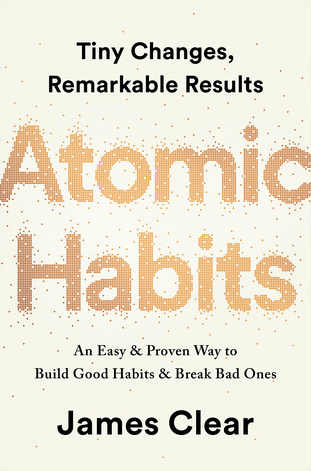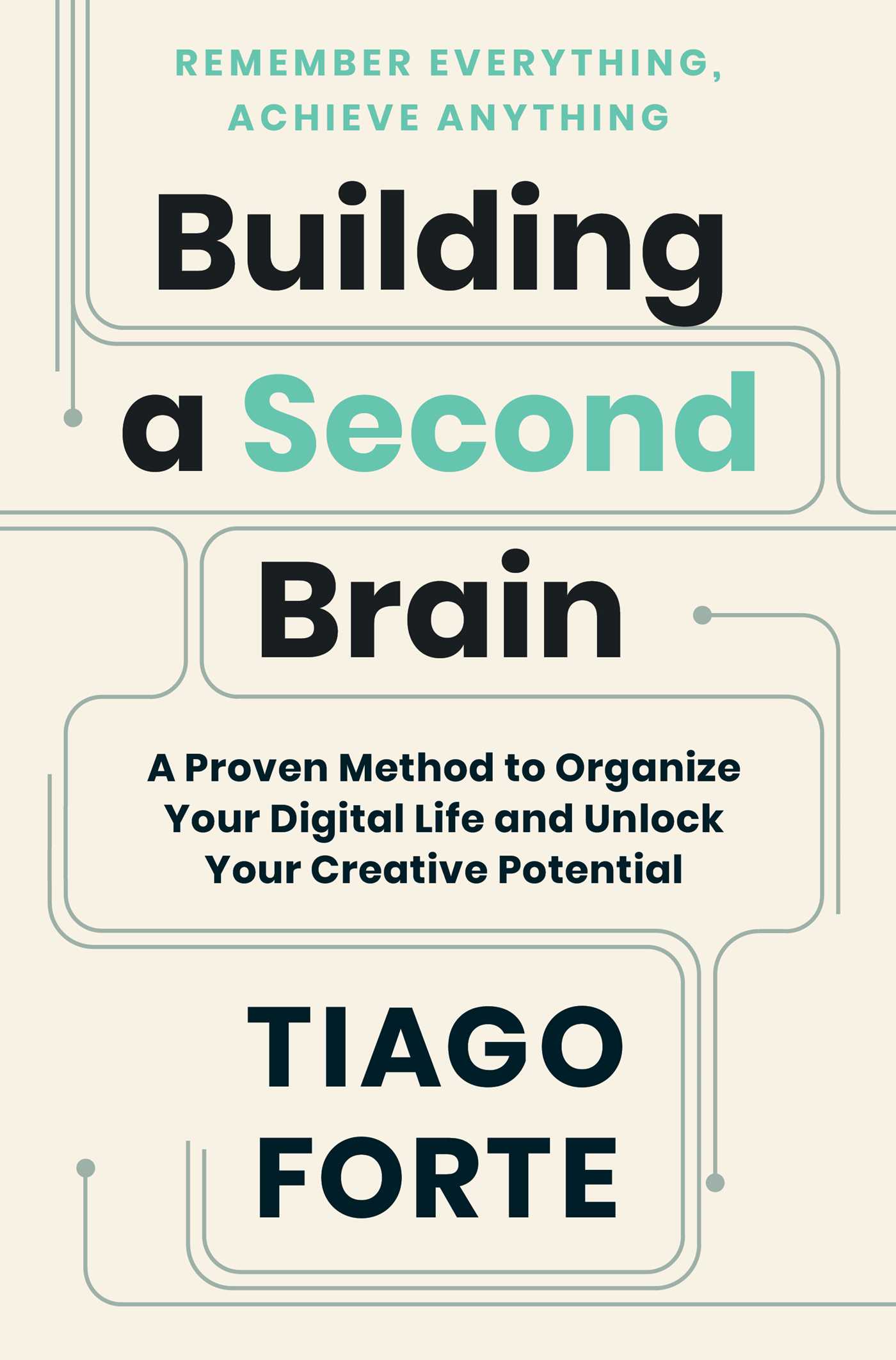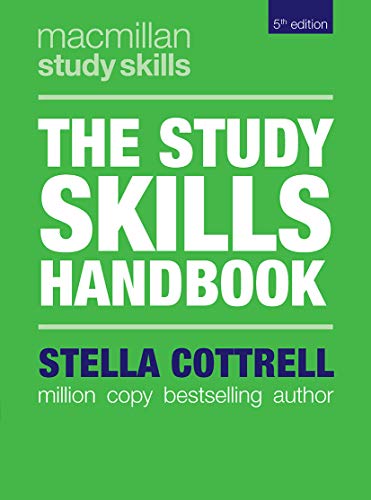(Re)learning how to learn
📝 A summary of my first semester focused on time management ⏳ and personal knowledge management 📚. Sources covered: Atomic habits, BASB, Learning how to learn, The Study Skills Handbook.

I have an Engineering degree, and I was a successful student in college but after a few life curve balls I decided to prioritize my mental health and family. Raising a family in a foreign country has been challenging as there are so many things to learn and do that, albeit rewarding, leave little time for professional growth. But now that the kids are in school, I’m gifted with this precious personal time that I’ve decided to invest in my career advancement.
During my college years, I didn't give much thought to the way I studied. I read the books, solved all the example tests and problems I got my hands on, before each exam I’d write a summary of the content I studied, took the exam, got good grades, rinse and repeat. I got there mostly by trial-and-error, but it worked. However, this approach functioned then because I was a full-time student, and I could dedicate copious amounts of time to studying. It also had a critical flaw: the difficulty of accessing the new gained information after the exam increased almost exponentially with time. I came to learn later that such is the nature of human learning, but it bothered me, nevertheless.
This time around, I no longer have the luxury of large blocks of focused time to study, having dependents and a part-time job, so I took a step back to learn better ways to learn. Much has changed in the way students access and capture information since my college days, so there is much to catch up with. With this initial effort, I am laying down the foundation and gathering new tools that will pave the way for a life of continuous learning.
In addition to enjoying learning, I’m learning how to learn because I want to become a software engineer. There are many reasons for this, but chiefly among them is that I love solving problems and I see coding as a way to multiply and make these solutions more lasting. I like the way coding can automate the solutions for a great variety of problems and how one tweak to a procedure can make it applicable to other issues. For this, I am following a home-made study plan. The first semester focuses on time management and personal knowledge management. These are the resources covered:
2. 📖 Building a second brain (T. Forte)
3. 💻 Learning how to learn (B. Oakley et al …)
4. 📖 The Study Skills Handbook (S. Cottrell)
While going through the material, I kept notes using the Zettlekasten method and Obsidian app. Using the techniques I learned in BASB, I summarized my learning in this post, to help my future self and others that might be (re)starting or optimizing their journey.
(1) Atomic Habits

This is a wonderful resource not only for learning but also for my everyday life. The book focuses on the future benefits of today's actions. It is about persevering even if we don't see the results as fast as we want, because it takes time and effort to reach outcomes. The book is about bettering yourself in a significant way with a tiny action/change at a time.
Habits allow us to have an automatic response from past experiences. Therefore, they free us from the mental load to choose a course of action when presented with a specific scenario (p. 46). Personally, practices like meal preparation and signing up for a gym class save me time during the week. I plan a menu for my family and cook my weekly meals on Sundays. By cooking two or three different proteins and several side dishes on a single day, I save at least one hour each of the following days that I can spend doing something else (like studying). Comparably, signing up for gym classes spares me the time and stress of having to research and create a workout plan. It takes less effort just showing up for classes and doing the exercises without having to think about it. Ultimately, these habits are about making my future life easier and more productive.
In a similar manner, when applied to studying, habits are beneficial because they give us structure that is often hard to find in our fast-paced life and everyday responsibilities. In my case, my newly developed habit involves reading my current book or class material and taking notes every morning before it is time to get the kids ready for school (habit stacking (p. 73)). With this, I ensure that I invest in myself first, before everyone else is awake. The incremental progress is trackable and a motivating factor to keep going.
(2) Building a Second Brain

This book gave me better resources to gather information, organize it and access it. It is about making easier and more structured the process of note taking to facilitate future use. The author advocates for creating new material and sharing it to turn information into knowledge and thoughts and ideas into actionable items (p. 48).
The book introduces the CODE method to help us manage and remember information (p. 42). This four-step process is about Capturing, Organizing, Distilling and Expressing information. In many ways, this post is the result of the author’s encouragement to find the core message (distill) and create something new (express the knowledge) from the information I gathered while reading his and the other resources in this semester, as an exercise on building bridges between the islands of ideas gathered through the learning sessions in ways that make sense to me (p. 183). This convergence process will help fix the knowledge in my brain for future access, while making it also possible for other people to assess if these resources are a good fit for them in their learning journey.
Another useful tool presented in the book is the PARA system to store information according to its actionability (p. 84). When I first read Atomic Habits, I captured my notes in Obsidian following the Zettlekasten method. While reading BASB, I reorganized my storage places to follow the PARA system: my Notes in Obsidian and Documents folder (local and cloud) now have individual Projects, Areas, Resources and Archive folders with easily identifiable files. I can attest to the liberating feeling of creating the Archive entry, and dumping there all the files accumulated through the years, making room for new and more present work. Out of sight out of mind.
In addition to the PARA method, my way of writing notes also changed. I started using progressive summarization to identify the core information on each note (p. 120). This technique consists of making the main ideas of a note easier to find the next time we need to go over the material, by bolding the main points and then highlighting only the core words. It is an excellent way to expedite the access and use of the information we already captured.
(3) Learning How to Learn

This is an amazing online course that covers the different learning mechanisms and how to optimize them. It emphasizes the importance of spaced repetition (revising, rereading, repeating new material over a few days) and practicing when learning and memorizing new information. The course includes interviews with experts in different fields that are enlightening and insightful. It is amazing to realize that many of the ideas expressed by these authors and their approaches are found throughout the other resources covered on this semester.
You learn more by active engagement than passively listening - Dr. Sejnowski
Mrs. Oakley introduces the course by explaining the two different methods of thinking: Focused (concentrating intently on something that we are rather familiar with) and Diffuse (relaxed thinking style that is related to neural resting states). Finding out about this dichotomy made sense out of learning mechanisms I unknowingly used before.
For example, I took a Thermodynamics class when I was in college. I had the hardest time understanding the thermodynamic domes (formally saturation domes), the iso-lines and their uses. I just couldn't wrap my head around it. I remember I went to sleep after a particularly frustrating study session. Funny thing, I dreamt about the domes, of all things, I was inside the dome, moving across the iso-saturation lines, and after waking up I finally understood the process. It all made perfect sense. After that day I had no problems in this part of the class and was able to even explain it to my course mates.
This example also highlights the importance of sleep on learning. Sleep helps the brain process difficult material and aids your mind piece solutions together. This allows the new information to be moved to long term memory and become knowledge. Many students (including myself) often underestimate, or all together disregard the value of sleeping when learning. Now I know better.
The course also discusses the importance of exercising when learning. Exercise allows the mind to wander (diffuse thinking) and often helps us reach solutions that we are unable to find when solely concentrating on the problem. I often find my mind running freely and having the most creative ideas and solutions when I’m jogging outside without concentrating on anything other than not dying from the exertion.
Another valuable topic covered in this course is the importance of retrieval practices, this is testing yourself on whatever you're learning to avoid illusions of competency. This method has been proven to be the best approach to learning, as it not only builds memory but also significantly boosts your conceptual understanding. The idea is to try to remember as much of the material as possible without going over it again. It can be done by asking yourself specific questions about what you are trying to learn and rating your success.
(4) The Study Skills Handbook

This is a book that mainly speaks to first-time college students, particularly recent high school graduates. The content was at times too narrow and college specific to be applicable to people not at this stage of life (like me). For example, it takes a long time explaining life at campus, what you need to succeed at university and the differences with high school that might be shocking for a first time student. I would have loved to have this material before I went to university. I believe it would have made a difference. However, I wouldn’t recommend it if you've already been to college.
In my view, the main problem with the book is that, for the most part, the content is not actionable for people not in college, unlike the other books and courses in this post. Most of the time, the author’s writing style uses bullet points, that I’d have loved to see developed and demonstrated with examples.
Another drawback of the material, at least on the digital version of the book, is that sometimes the information is not presented in the same place, having the reader jump around the book to figure out the big picture. The author would be developing an idea and then asks to check a different section of the book to continue the story. Sometimes there are multiple jumps in a single section that make it difficult to follow the main point.
The sections on how to write high level material was what I liked most about this book. The general overviews of each type of writing and the examples included are useful and practical for people at college and professional level alike. The author explains the differences between descriptive, argumentative, evaluative, reflective and synoptic writing styles as well as scientific approaches to writing. It also tackles larger research/writing projects that can be applicable to professional settings. This content can be used as a writing guide because it is informative, and it includes helpful examples of do’s and don'ts of each writing style.
💡Final thoughts
For the most part, I enjoyed the material I covered this semester. It gave me great resources for the next steps in my journey. I believe that the structured way of taking action, through habits and keeping information, allows me to carve time to be more productive in my life and career. Surely the new and improved ways of learning will facilitate and expedite the next training sessions, and by covering topics of time management and personal knowledge management I am making the learning and improvement process ahead more deliberate and time efficient.



